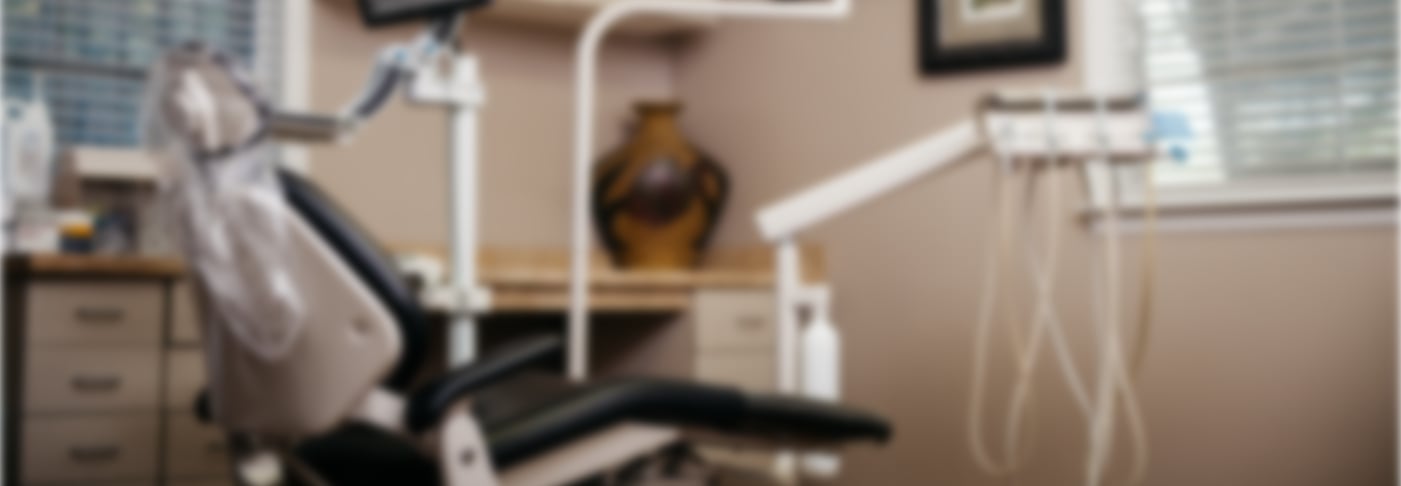Did you know that all toothbrushes are not created equal, and some are very harmful for your teeth? All of the store shelves packed with various types of toothbrushes can be very overwhelming! Fortunately, deciding which one to go with does not have to be so difficult, as there are basic guidelines that you can use to determine the best option. In addition, brushing your teeth is an activity that can become so routine, it’s easy to forget the basics of caring for your toothbrush even if you are using the right one. Simply remember these five easy steps for choosing the right brush and then taking proper care of it:
1. Go for a softer brush. Firm bristles are way to harsh, but even medium bristles can damage to your enamel. Softer brushes are sufficient for cleaning your teeth. Also, go easy on the scrubbing motion and let the fluoride in your toothbrush do the work of preventing cavities. A gentle brushing motion is all you need to do, as the most important factor is time spent (the full two minutes).
2. Make sure it has the ADA Seal of Acceptance. Examined by the ADA Council on Scientific Affairs, certain toothbrushes make the cut for durability and efficiency. If a toothbrush has this label, you can be certain that the bristles and handle are strong, and it will help to protect your teeth and gums from decay and infection.
3. Never share. This should go without saying, but surprisingly, it’s a common occurrence. You might think it’s not a big deal to let someone use your toothbrush every so often, but sharing can lead to a whole host of infections being spread. With millions of bacteria living in people’s mouths, sharing a toothbrush is a quick way to invite that bacteria in and let it compromise your own immune system.
4. Keep it away from the toilet. When the toilet is flushed, particles of bacteria in the toilet water can go flying up to 6 feet in the air. It will land on whatever is in close vicinity, so make sure your toothbrush is very far away. E coli, rotovirus, norovirus, and some strains of hepatitis (among many other bacterial and viral infections) can actually be transmitted in this way, so the best option is to just close the lid when you flush.
5. Do not wait longer than 4 months to replace. Between month 3 or 4 of using the same toothbrush twice every day, even the best bristles will inevitably start to wear down. When this happens, your teeth cannot be cleaned properly, and its time to find a replacement.
Using the wrong toothbrush and then neglecting to take care of it will undermine all of your best oral health efforts. Even if you are brushing twice a day consistently, you will be damaging your enamel and introducing bad bacteria into your mouth by using a harsh and unsanitary toothbrush. It’s currently estimated that most people spend about 38 days of their lives just brushing their teeth (it should be more than triple that amount, but most people do not spend the recommended amount of time). Do not waste those days doing it incorrectly or using the wrong brush to begin with! If you remember the essential rules laid out above (along with brushing for two minutes, twice daily), you can have confidence that you are optimizing the time you spend brushing your teeth.

